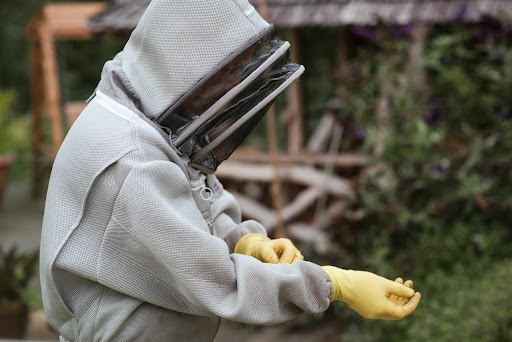Cancer is a devastating disease that affects millions of people worldwide every year. However, did you know that some types of cancer are caused by exposure to hazardous materials in the workplace? This type of cancer is known as occupational cancer.
It’s essential to know the causes of occupational cancer, how to protect yourself from developing it, and what to do if you think you may have it. In this article, we will explore all these aspects of occupational cancer so that you can arm yourself with the necessary knowledge to keep you and your colleagues safe in the workplace.
What is occupational cancer?
Occupational cancer is cancer that is caused or significantly contributed to by an individual’s exposure to hazardous materials or substances during their employment. The cancer can develop months or even years after the individual’s exposure to the dangerous substance.
The hazardous substances include asbestos, heavy metals, pesticides, and a range of carcinogens. Unfortunately, evidence indicates that occupational cancer is on the rise, with an estimated 742,000-1.3 million work-related cancer cases annually worldwide.
Identifying the most common causes of occupational cancer
It’s vital to identify the substances that can cause occupational cancer so that employees and employers can take preventative measures. Some of the most common substances linked to occupational cancer include asbestos, benzene, metalliferous dust, silica, and wood dust.
Asbestos exposure is the most well-known cause of occupational cancer, often leading to mesothelioma cancer. Similarly, prolonged exposure to diesel engine exhaust has been linked to bladder and lung cancer.
Understanding the effects of exposure to hazardous materials
Exposure to hazardous materials can have severe health effects. Potential cancer-causing substances can lead to DNA damage, which can prompt cancerous growth.
Employees who have been exposed to these substances may experience symptoms such as breathing difficulties, skin irritation, and nausea. Some workers may not show any initial symptoms or effects of exposure, delaying cancer detection and treatment.
How to protect yourself from developing occupational cancer
The best way to prevent occupational cancer is to equip yourself with protective gear and follow safety protocols and legislation when handling potentially dangerous materials.
Speak to your employer about providing suitable personal protective equipment (PPE), including gloves, respirators, and protective clothing.
Proper ventilation, frequent medical check-ups, and strict adherence to safety guidelines can also help minimize the risk of exposure to hazardous substances in the workplace.
What to do if you suspect you may have developed occupational cancer
If you suspect that you have developed occupational cancer, do not hesitate to take action. Seek medical attention and inform your doctor about your work history, particularly any exposure to hazardous substances, even if it was years ago.
Early detection can increase your chances of effective treatment, so it’s essential to act promptly. Also get ready to take legal action so that you can get you compensation as soon as possible. Whether you want to file a water contamination lawsuit or an asbestos claim, a good lawyer can be of aid.
Resources available to manage any symptoms of occupational cancer
If you have been diagnosed with occupational cancer, there are various resources available to help manage your symptoms and provide support. These may include cancer charities and organizations, specialist cancer hospitals, and legal teams specializing in mesothelioma claims.
Be sure to inform your employer, as they may have a responsibility to provide you with support and compensation. If all else fails and you don’t get to acquire your desired compensation you can hire a competent mesothelioma claim lawyer and let them take over while making your life easier










